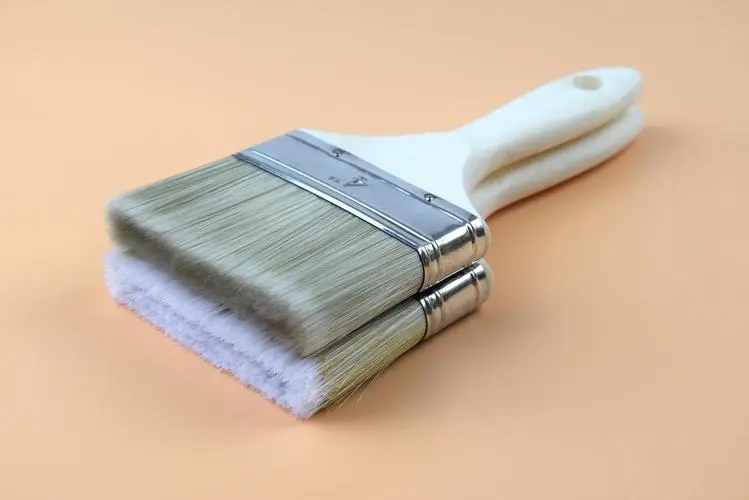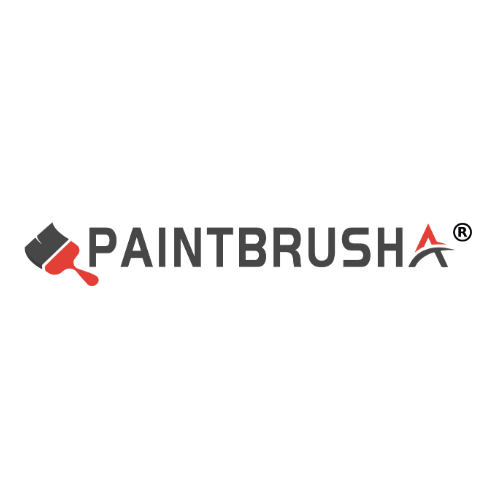The quality of Chinese-made paint brushes varies depending on the brand, manufacturer and product positioning, but in general, Chinese-made paint brushes have a certain competitiveness and market share in the market, and their quality can be guaranteed. The following is a detailed evaluation of the quality of Chinese-made paint brushes:

1. Material selection: The paint brush made in China is very particular about the material selection. The bristles are usually made of high-quality animal hair, such as bristles, wool, etc., which have good water absorption and coating properties. At the same time, the brush handle is also made of strong wood or plastic material to ensure stability and comfort during use.
2. Production process: China’s paint brush manufacturing industry has rich experience and advanced technology in the production process. Through the fine processing process, such as cleaning, cooking, drying and other steps to treat the bristles, as well as the precise brush handle production process, to ensure the durability and performance of the paint brush.
3. Product types and adaptability: There are many kinds of paint brushes made in China, including wool brushes, bristle brushes, elastic silk brushes, etc., which are suitable for different types of coatings and construction needs. This diverse product selection enables China Paint brushes to meet the needs of different customer groups.
4. Cost performance: Paint brushes made in China are outstanding in terms of cost performance. By optimizing production processes and cost control, Chinese manufacturers are able to provide reasonably priced and reliable quality paint brush products, thus gaining a favorable position in the market.
5. International recognition: Some high-end paint brush brands made in China have been recognized by the international market. These brands focus on product innovation and quality improvement, and are not only popular in the domestic market, but also exported to the world.
In summary, the paint brush made in China has shown a high level in material selection, production process, product type and adaptability, and cost performance. Of course, consumers still need to choose the right product for their needs and budget when purchasing.
